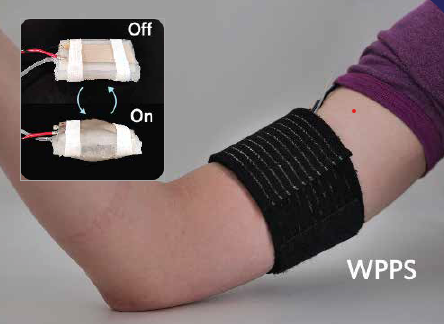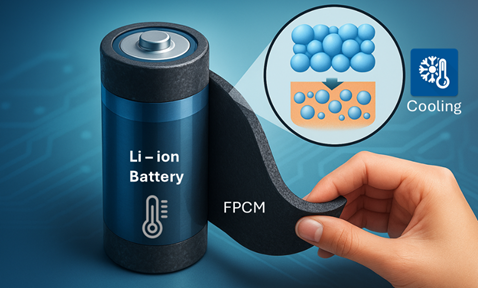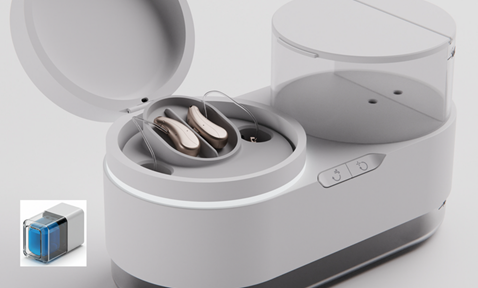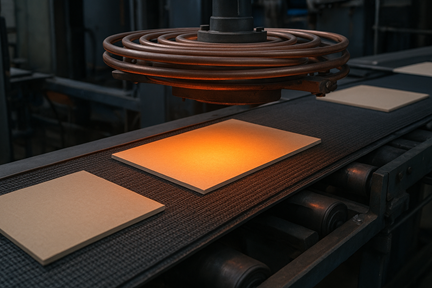
Wearable Soſt Actuator-Sensor Systems
Synopsis
A wearable device that combines an actuator and sensor for objective muscular elasticity assessment, aiding neuromuscular disease diagnosis and management. The technology offers accessible, quantitative assessments, improving personalised treatment with remote monitoring for enhanced care outcomes. The technology employs dielectric elastomer actuators, known for rapid response and high energy density
Opportunity
This innovative wearable device combines an actuator and sensor to objectively assess muscular elasticity for neuromuscular disease diagnosis and management. It offers accessible, quantitative assessments, breaking traditional subjective methods' limitations. It holds potential applications for medical professionals, patients and rehabilitation centres, improving diagnosis and personalised treatment. Remote monitoring can also enhance care quality and outcomes.
Technology
A crucial component of soft robots is the soft actuator, with the dielectric elastomer actuator (DEA) being a noteworthy type. DEAs use a dielectric elastomer (DE) for deformation under electrical stimulation, offering rapid response and high energy density. Their electrical stimulation aligns well with traditional devices and circuits, making DEAs a promising soft actuator. Mostly, DEAs outperform other actuators with large deformation and quick response, making them ideal for soft manipulators. The basic DEA is a sandwich structure capacitor with DE membranes and stretchable electrodes. When a voltage is applied, the induced electric field causes deformation, enabling the direct conversion of electrical energy into mechanical energy. This principle has led to various configurations of DE-based actuators.

Figure 1: Wearable soft actuator-sensor systems comprising dielectric elastomer actuators.
Applications & Advantages
This versatile technology has applications in healthcare, sports, and customised rehabilitation equipment. It can aid in neuromuscular disease diagnosis, tele-rehabilitation, enhancing athlete performance and tailoring rehabilitation for personalised and effective recovery. Additionally, it enables routine muscle health assessments, supporting proactive healthcare management.
The advantages of the 3D printable (DLP) DEA are:
- Fast fabrication
- Large force output
- High yield
- High dielectric constant
- Low Young’s modulus




.tmb-listing.jpg?Culture=en&sfvrsn=57e7d9a3_1)
.tmb-listing.jpg?Culture=en&sfvrsn=40b426f_1)









